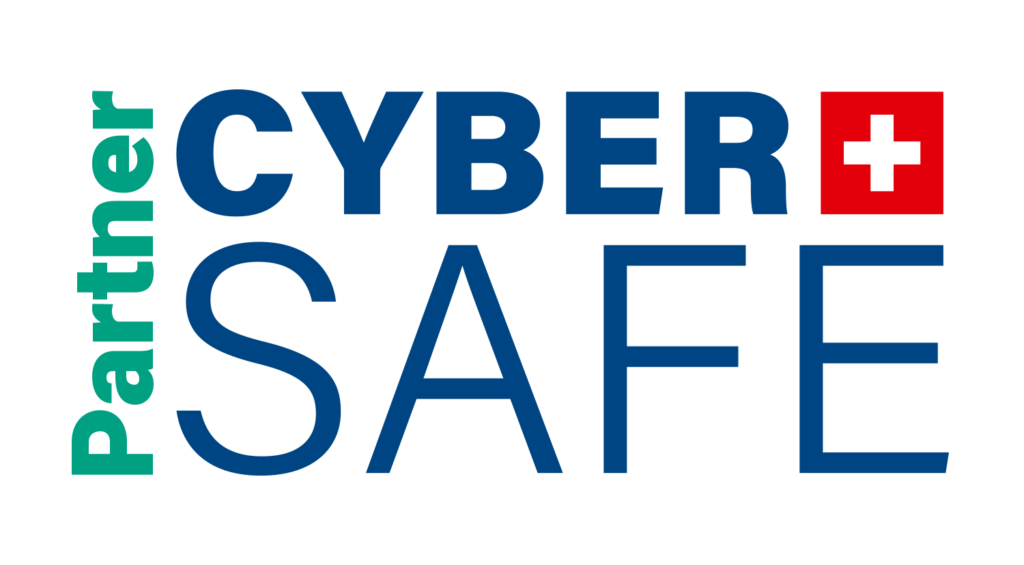Featured Story
Microsoft Patches 130 Vulnerabilities, Including Critical Flaws in SPNEGO and SQL Server

Microsoft’s July 2025 Patch Tuesday addresses 130 vulnerabilities across its product portfolio, including a critical buffer overflow in SPNEGO (CVE-2025-47981, CVSS 9.8). While there are no active zero-days this month, this flaw allows unauthenticated remote code execution, with researchers warning it could be “wormable” like WannaCry.
Other Stories
Public Exploits Released for Citrix Bleed 2 NetScaler Flaw
Researchers released proof-of-concept (PoC) exploits for CVE‑2025‑5777, a critical vulnerability dubbed CitrixBleed2. It allows memory content leakage during login via malformed POST requests. Attackers can extract session tokens to hijack user sessions.
Hundreds of Malicious Domains Registered Ahead of Prime Day
Over 1000 new domains resembling “Amazon” or “Prime Day” were registered in June 2025—87% of them flagged as malicious. These phishing sites impersonate login or checkout pages, aiming to steal credentials and personal data from unsuspecting shoppers.
INAMI Phishing Campaign Targets Belgian Citizens
Cybercriminals are impersonating Belgium’s INAMI to phish citizens with refund offers and verification requests. These messages exploit trust in government institutions to lure users into sharing personal data.
- verdacht@safeonweb.be
- suspect@safeonweb.be
- suspicious@safeonweb.be






